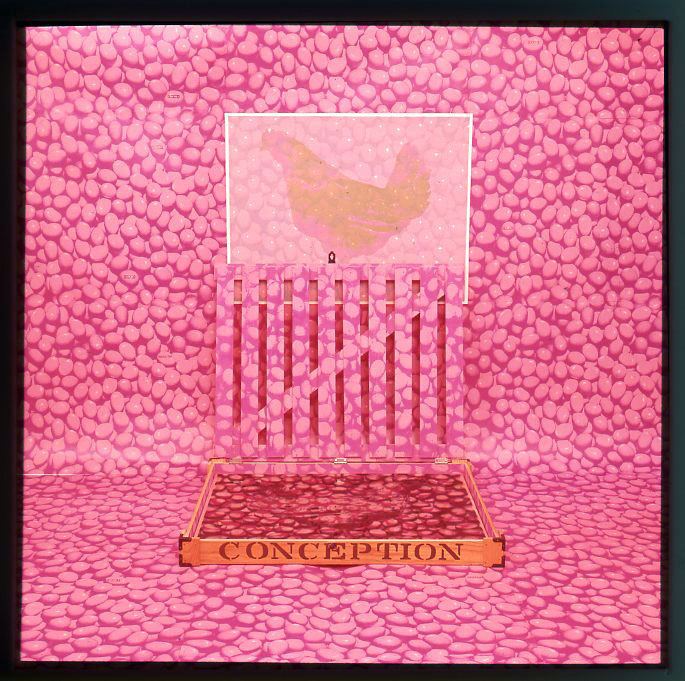"Shoichi Ida, Prints (1941-2006)" focuses on works bequeathed to The National Museum of Modern Art, Kyoto, by the artist's studio and family. Though mostly forgotten today, Ida could count among his acquaintances such renowned artists as modernist painter Robert Rauschenberg and minimalist sculptor Carl Andre, and his works can be found in illustrious collections, including at New York's MoMA and London's British Museum.
Few postwar Japanese artists can boast such international recognition and yet the exhibition introduction describes Ida as "supplementary" to Japan's art progress in the decades after World War II. This is because art history focuses on and sets down the avant-garde Gutai movement as predominant in the 1950s and '60s and then Mono-ha ("School of Things") as its successor in the late '60s and early '70s.
That tale is largely overblown because Gutai and Mono-ha were part of a much larger matrix, and the contemporary fixation on these movements ignores the grander and more interesting complexities of the whole. Pigeon-holing Ida as a "footnote," however, is mostly correct, given that prints, what he is most famous for, failed to achieve a status in modernism commensurate with painting and sculpture, and that Ida was much the individual in a group-oriented sense of modernism in Japan.

















With your current subscription plan you can comment on stories. However, before writing your first comment, please create a display name in the Profile section of your subscriber account page.